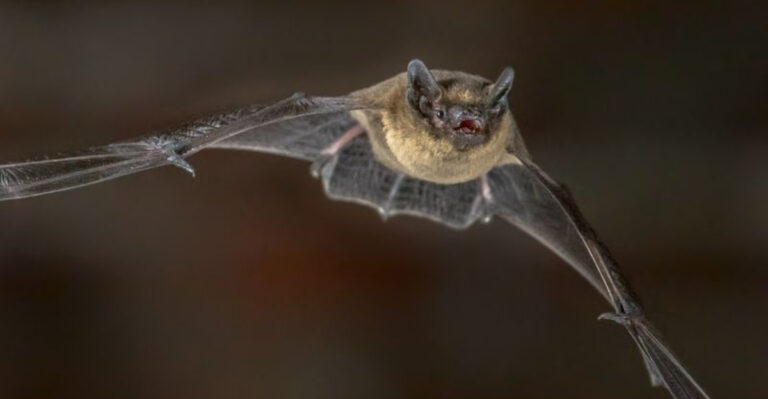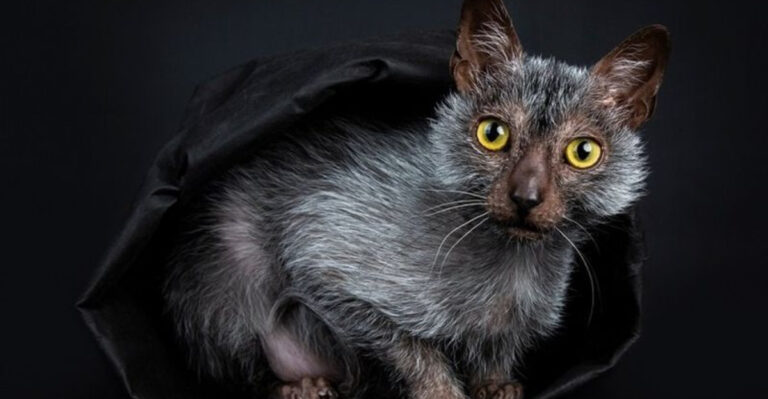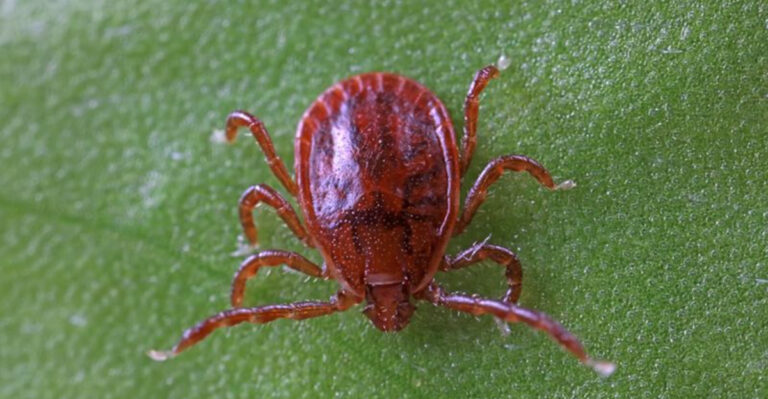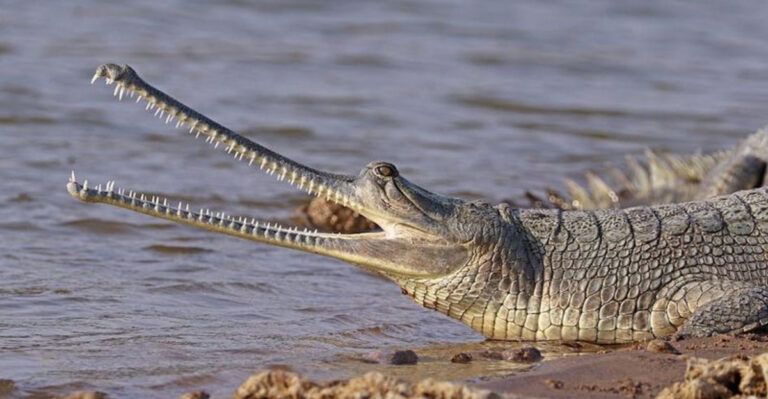How To Identify 14 Snakes In Your Back Yard That Are Not Poisonous
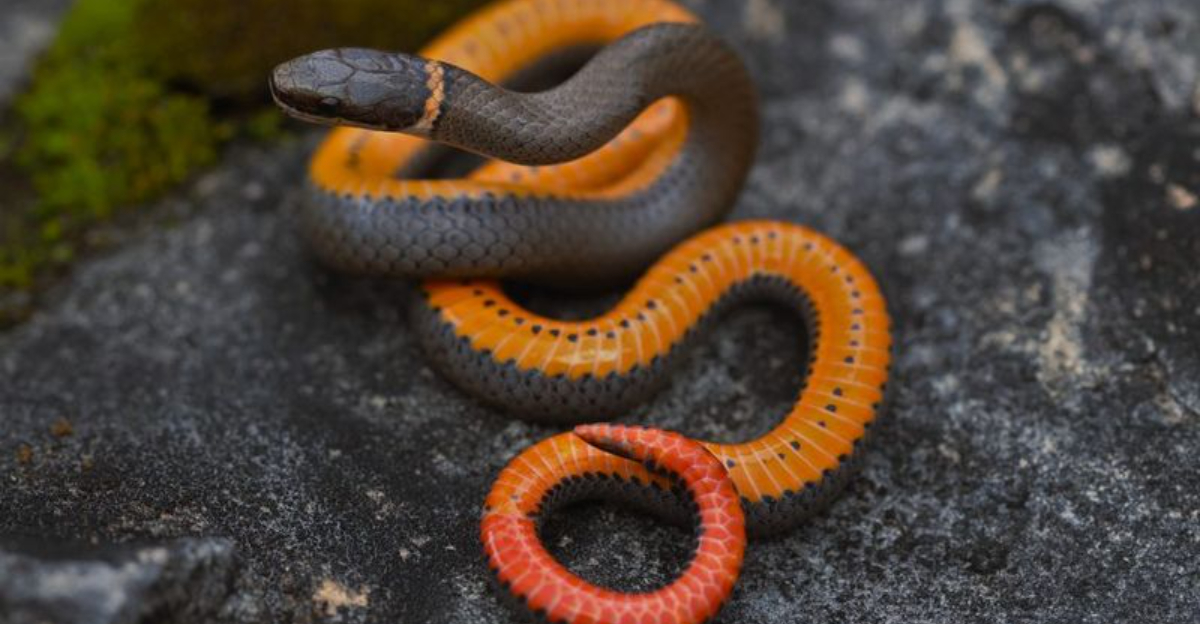
Finding a snake in your yard can be startling, but most snakes you’ll encounter are actually harmless and beneficial for controlling pests.
Learning to identify non-venomous snakes helps you appreciate these misunderstood creatures rather than fear them. Here’s a guide to recognizing common non-poisonous snakes that might be slithering through your garden.
1. Garter Snake
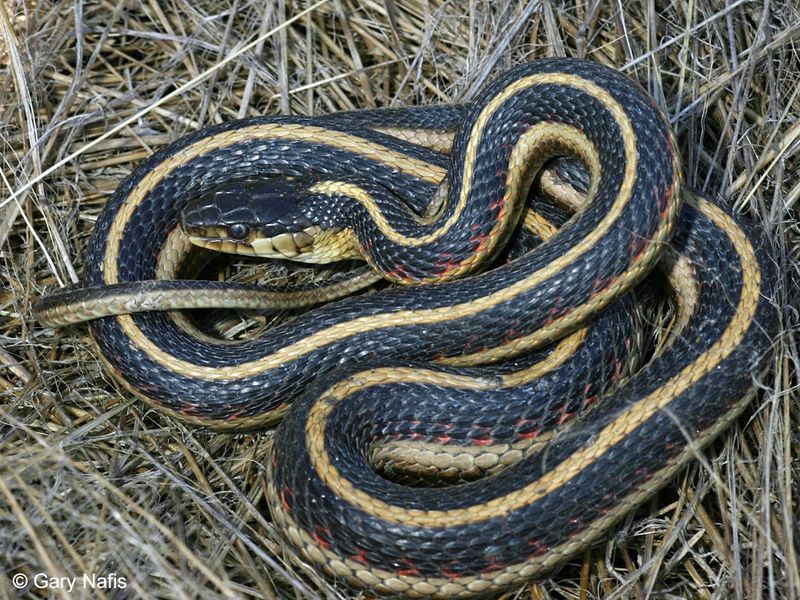
Ever notice those thin stripes running down a snake’s body? That’s the calling card of a garter snake. These garden helpers feast on slugs and insects that damage your plants.
Most garter snakes have three yellow or white stripes against a dark background. They’re relatively small, rarely exceeding three feet in length, and completely harmless to humans.
2. Eastern Rat Snake
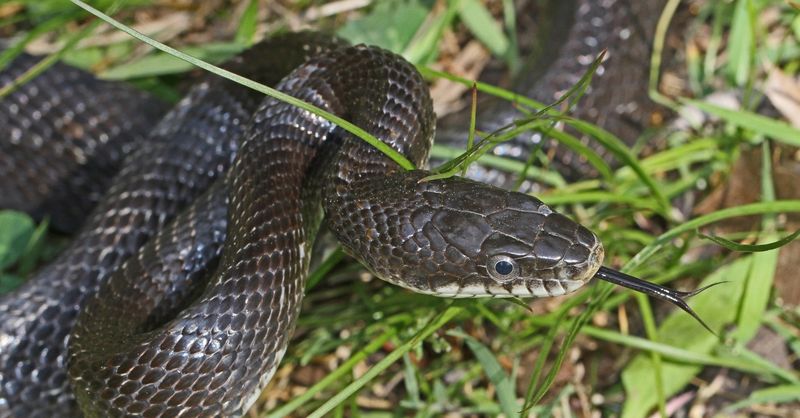
Looking like a moving shadow through your garden, the eastern rat snake is nature’s pest control expert. Their shiny black bodies can stretch five to eight feet long, making them impressive but completely harmless.
Young rat snakes have blotchy patterns that fade as they mature. Natural rodent controllers, they’re the farmers’ friend and pose zero threat to humans.
3. Ringneck Snake
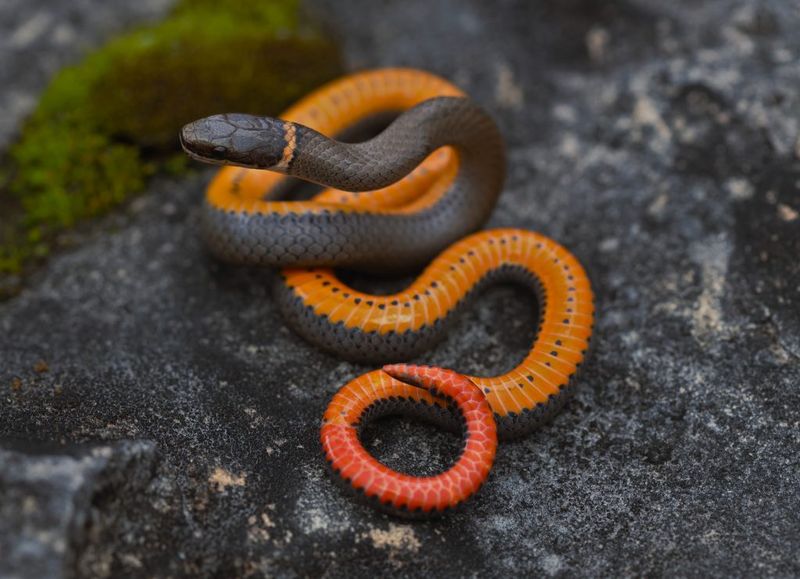
Tiny jewels of the snake world, ringnecks barely reach 15 inches long. Their smooth, dark bodies feature a vibrant orange-red collar that gives them their name.
Flip over a garden rock and you might find one hiding! Their bellies flash bright orange or yellow, warning potential predators. Despite this bold coloration, they’re completely harmless and shy around humans.
4. King Snake
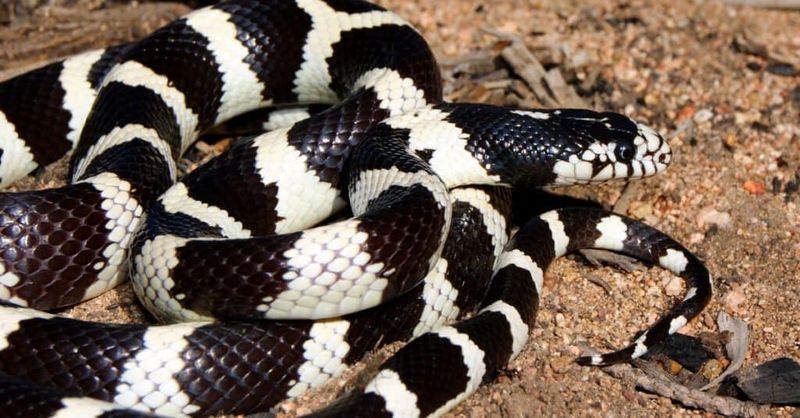
Nature’s snake-eater, king snakes actually prey on venomous species like rattlesnakes! Their striking bands of black, white, or yellow form complete rings around their bodies.
Immune to rattlesnake venom, these beneficial reptiles help keep dangerous snake populations in check. They’re muscular constrictors that squeeze their prey but are gentle around humans unless provoked.
5. Corn Snake
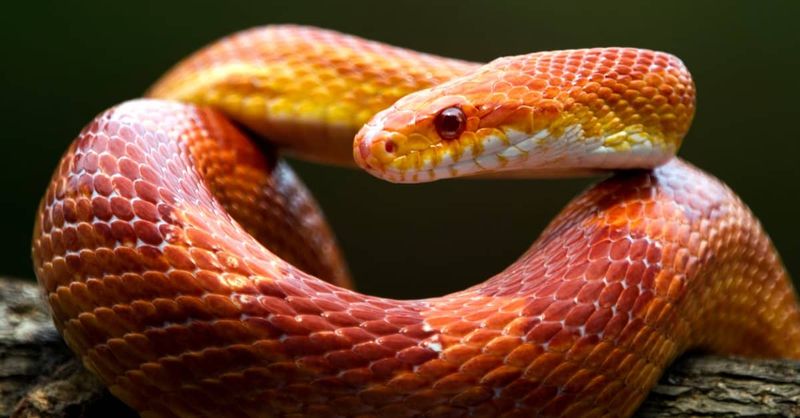
Rusty orange bodies decorated with vibrant red-orange blotches make corn snakes stand out in any garden. These gorgeous constrictors got their name from hanging around corn storage areas hunting rodents.
Often mistaken for copperheads, corn snakes have more vibrant colors and lack the hourglass patterns of their venomous lookalikes. They’re docile by nature and rarely bite, even when handled.
6. Rough Green Snake
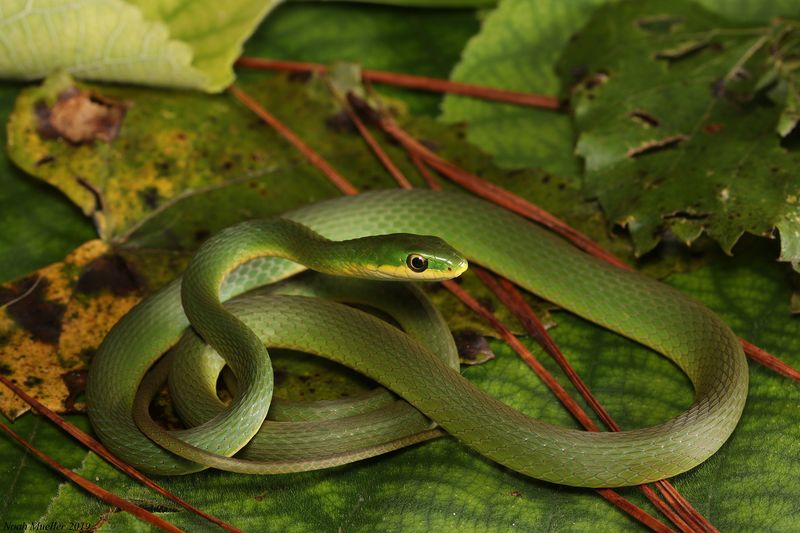
Imagine a living blade of grass – that’s the rough green snake! Their bright green bodies blend perfectly with foliage as they hunt for insects and spiders among your plants.
Unlike many snakes that slither on the ground, these acrobats prefer climbing through shrubs and low trees. Their bellies are yellowish-white, and they have large, gentle eyes perfect for spotting prey.
7. Milk Snake
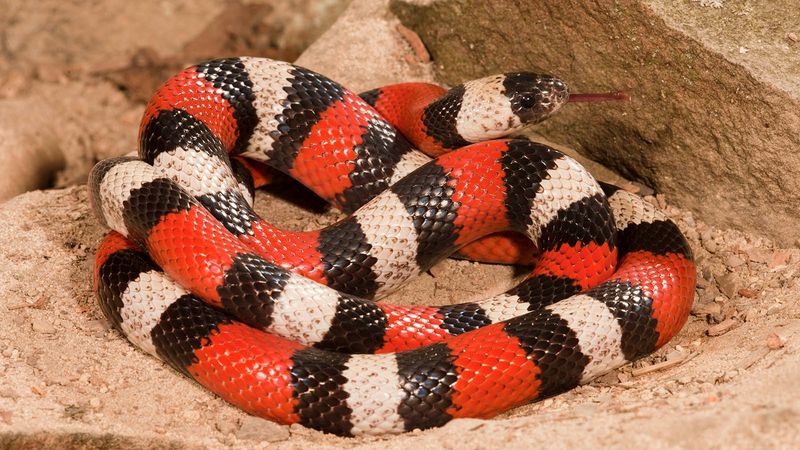
Red, black, and yellow bands circle the milk snake’s body – but don’t confuse them with coral snakes! Remember the rhyme: “Red touch black, friend of Jack; red touch yellow, kill a fellow.”
Milk snakes have red bands bordered by black, not yellow. The old myth that they milk cows is completely false! These beautiful reptiles actually prefer dining on rodents and other small animals.
8. Ribbon Snake
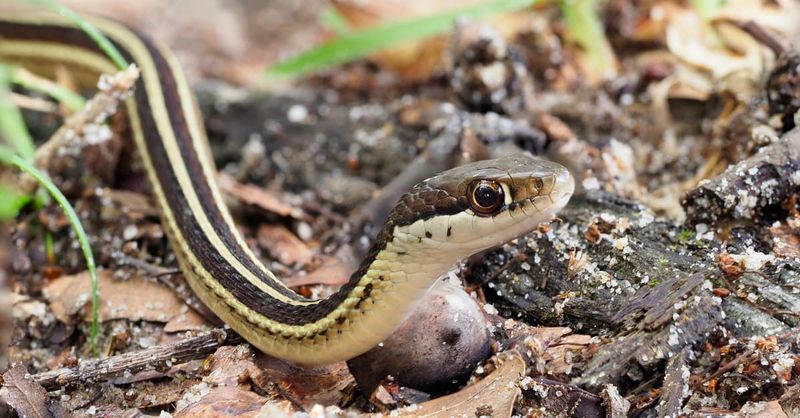
Graceful and slender, ribbon snakes glide through water and land with equal ease. Close cousins to garter snakes, they sport three light stripes against a dark background but have a more elegant, streamlined appearance.
Look for their distinctive white spot in front of each eye. These semi-aquatic hunters love catching small fish, tadpoles, and frogs near garden ponds, making them perfect neighbors for water features.
9. Brown Snake
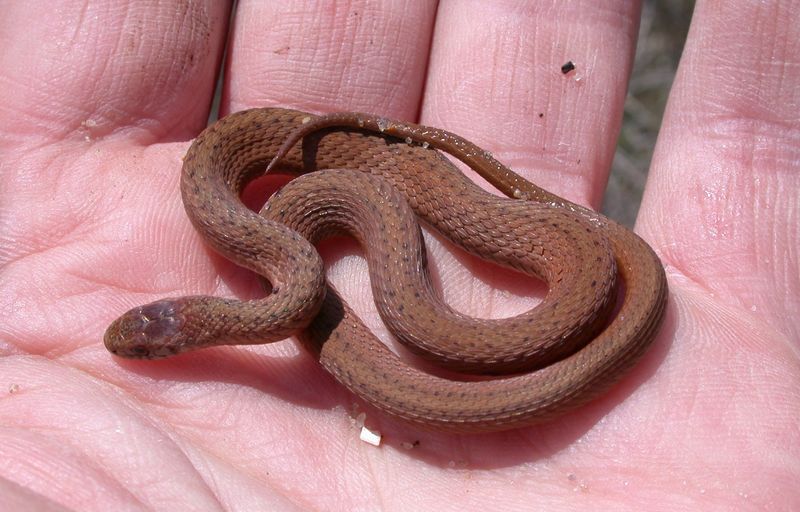
Small enough to fit in your palm, the brown snake rarely exceeds 13 inches. Despite their name, they range from tan to deep chocolate, with two parallel rows of tiny dark spots down their backs.
Garden enthusiasts should welcome these miniature helpers! They feast on slugs, snails, and worms that damage plants. Their diminutive size means they couldn’t hurt you even if they wanted to.
10. Hognose Snake
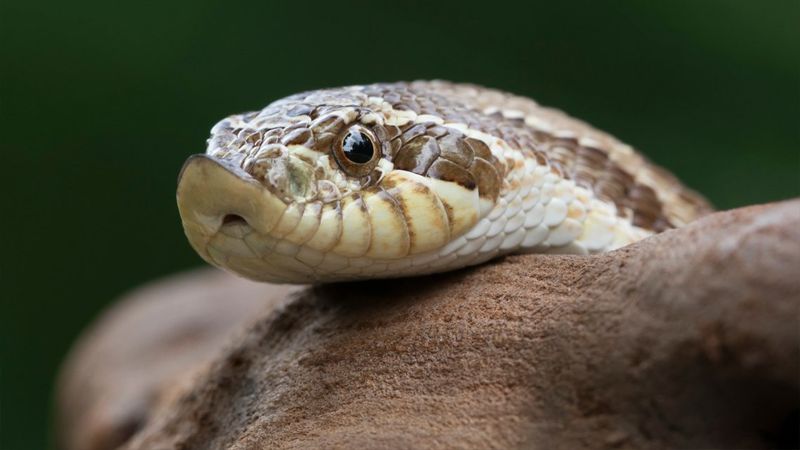
Meet the drama queen of the snake world! When threatened, hognose snakes flatten their necks like cobras and hiss loudly. If that doesn’t work, they roll over and play dead, complete with hanging tongue.
Their upturned snout (like a pig’s nose) helps them dig for toads, their favorite meal. Despite their theatrical displays, they’re harmless to humans and actually quite docile once the show is over.
11. Black Racer
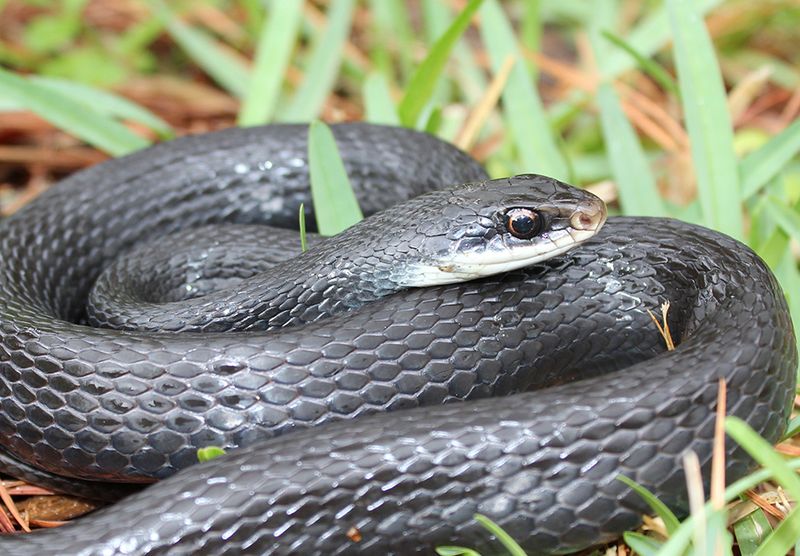
Speed demons of the snake world, black racers can zip across your lawn faster than you can run! Their sleek, solid black bodies and whip-thin tails make them built for velocity.
Unlike rat snakes, racers have a matte appearance rather than glossy scales. Young racers sport blotchy patterns before developing their adult coloration. Though they might stand their ground if cornered, they prefer fleeing to fighting.
12. Gopher Snake
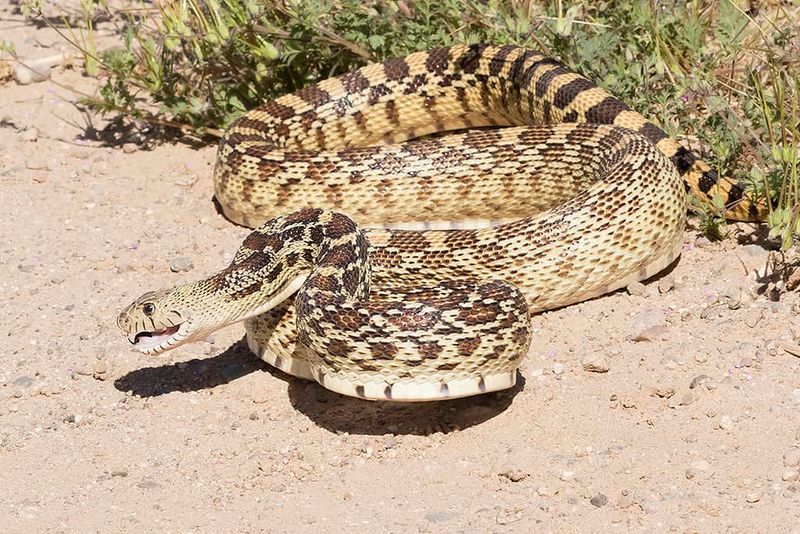
Masters of mimicry, gopher snakes flatten their heads, vibrate their tails, and hiss loudly to impersonate rattlesnakes when threatened. This clever bluff keeps predators away but shouldn’t fool observant humans.
Look for their brown blotched pattern and pointed tail (no rattles!). These powerful constrictors can grow over six feet long and help farmers by controlling destructive gopher and ground squirrel populations.
13. Water Snake
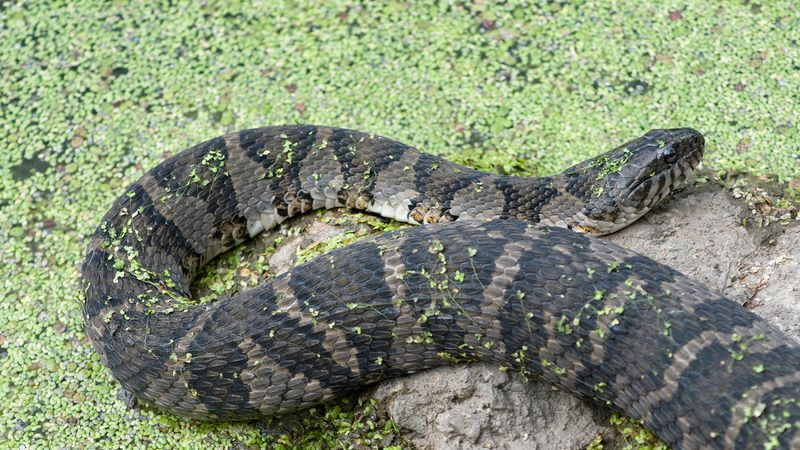
Frequently mistaken for cottonmouths, northern water snakes are actually harmless fish-eaters often found near backyard ponds or streams. Their heavy bodies display dark crossbands on young snakes that darken with age.
Unlike venomous water moccasins, these swimmers have round pupils and lack the facial pits of pit vipers. They might be grumpy if handled but pose no serious threat beyond a possible defensive bite.
14. Worm Snake
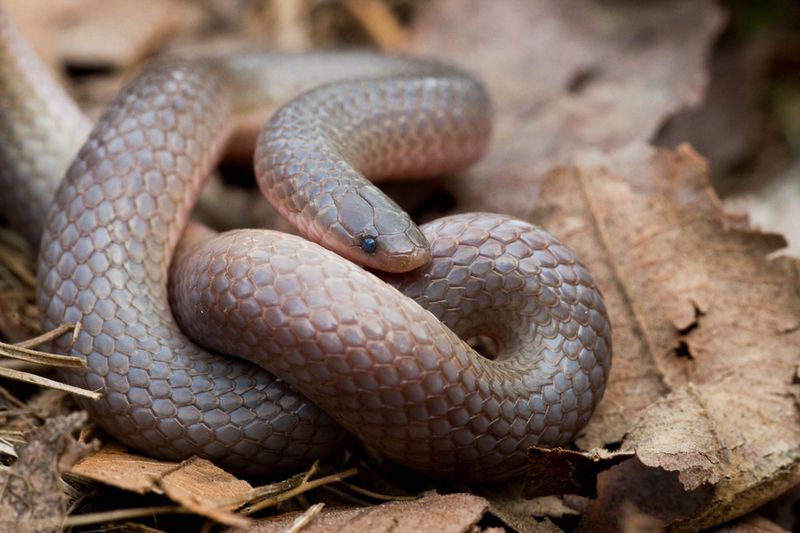
Barely bigger than an earthworm, these tiny burrowers rarely exceed 13 inches in length. Their glossy brown backs and pink-orange bellies create a two-toned appearance that’s unmistakable if you happen to spot one.
Specialized for life underground, worm snakes have pointed heads perfect for tunneling through soil. They feed almost exclusively on earthworms and are so secretive that finding one is considered lucky by many herpetologists.



